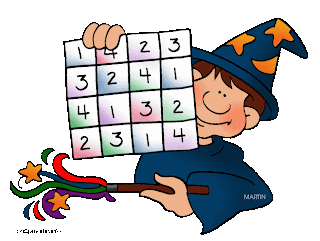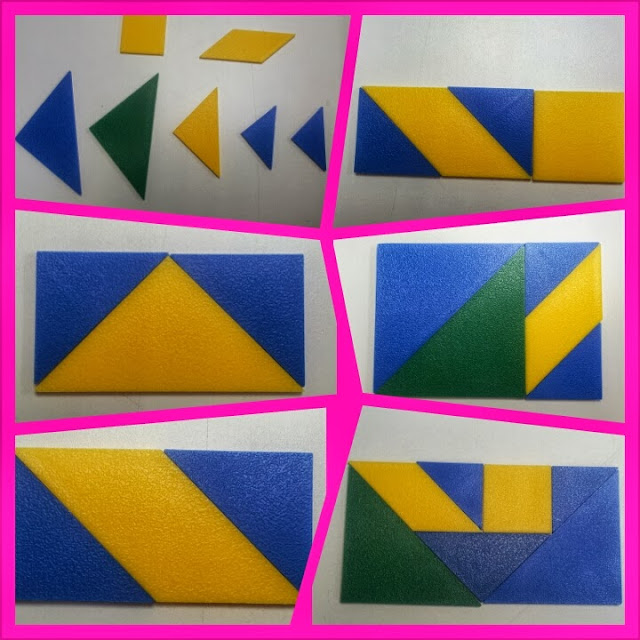Dear Parents,
Welcome to the first issue of e-newsletter on Elementary
Mathematics.
First of all………
1.
Do you have a fear for mathematics when you were
young?
2.
Do you hate rote learning and memorizing the
multiplication table?
3.
Do you know how to explain mathematic concepts
to your young children?
Do not panic. You can gain more insights on the guiding
principles on how the teachers will be teaching mathematics to young children.
There are six fundamental principles to high-quality
mathematic education which are Equity, Curriculum, Teaching, Learning, Assessment
and Technology.
Through these six principles, there is a common set of five
content standards, which are Number and Operations, Algebra, Geometry, Measurement
and Data Analysis and Probability. The teachers will teach mathematics through the guiding principles and standards.
The children will learn mathematics through these five
process standards:
1.
Problem solving
2.
Reasoning and Proof
3.
Communication
4.
Connection
5.
Representation
Can you see a pattern and wonder the relationship between
them?
6 + 6
5 + 7
3 + 9
The children are encouraged to actively engage in problem
solving problems by exploring, figuring that there are many strategies in
finding an answer, observing the patterns and order, even though the process
takes time for the children and teacher.
The teachers will ensure that maths lesson is a fun and enjoyable
session by providing hands-on experiences. Tools and manipulatives like unifix
cubes, counters and spinners will be provided to illustrate and discover
mathematic concepts. The manipulatives can be a testing ground for young
children to better grasp a mathematic concept as “seeing is believing”.
So do not fear mathematics and start to embrace it with
confidence and fun!!!
www.i-teach-k.blogspot.com





































